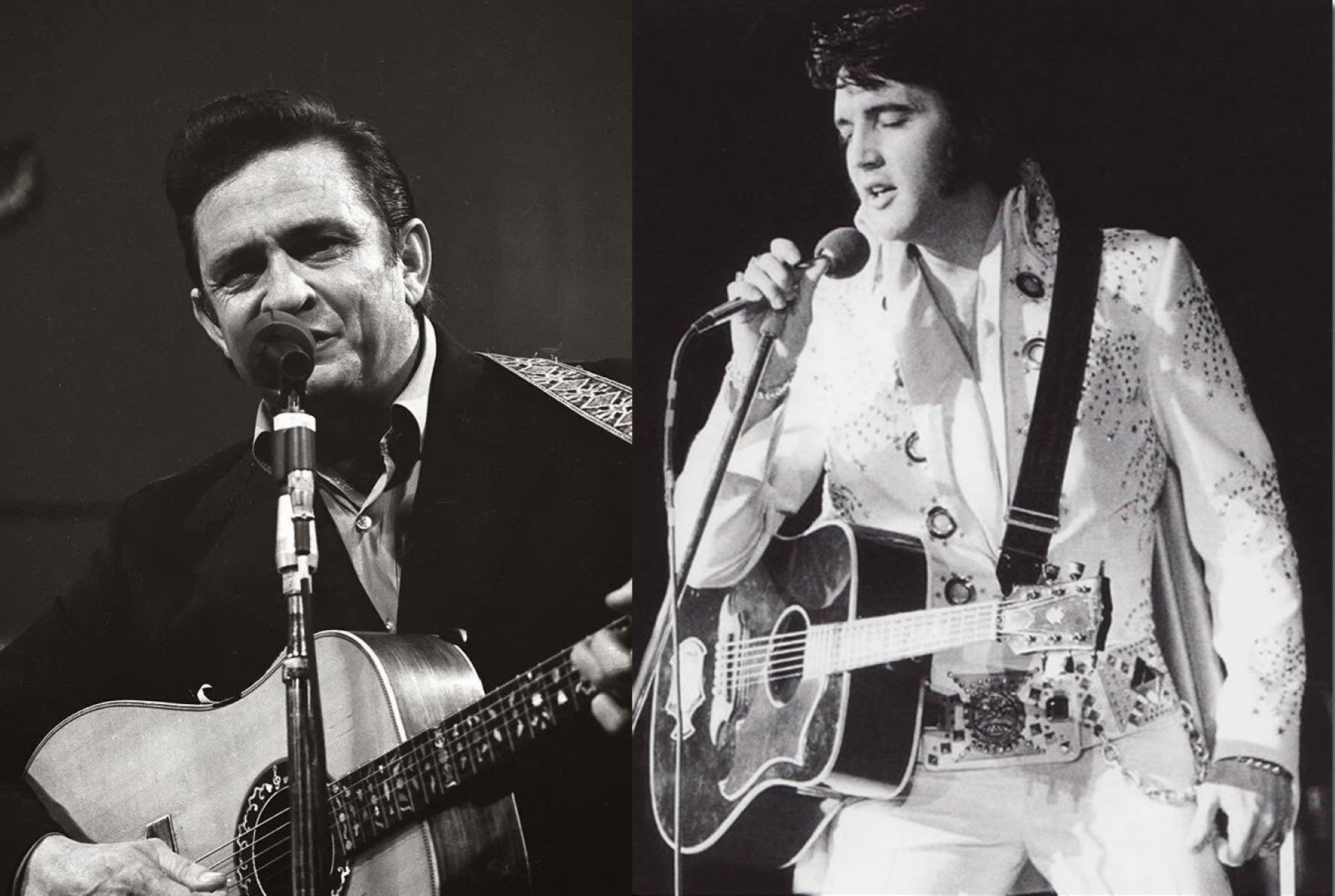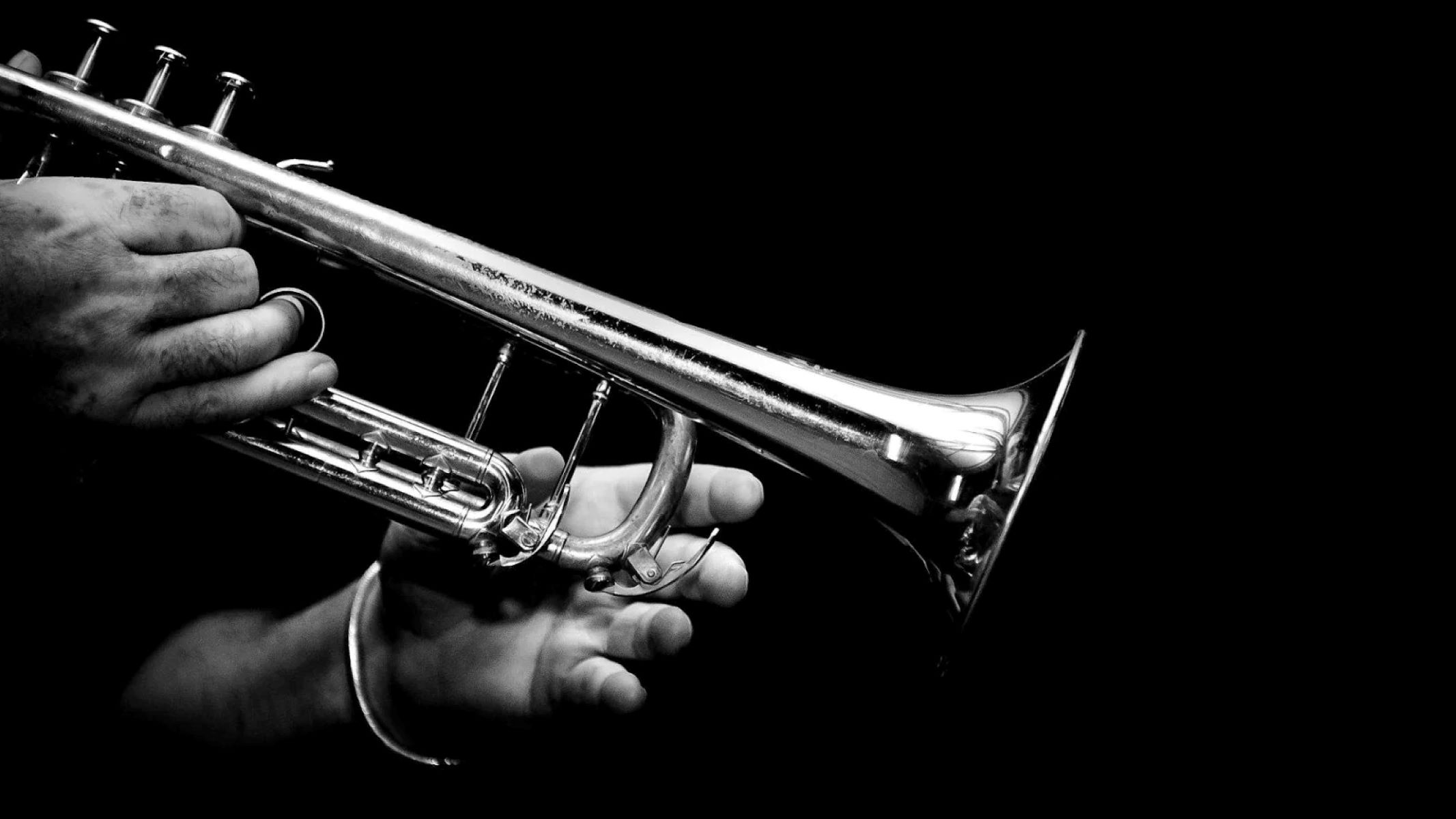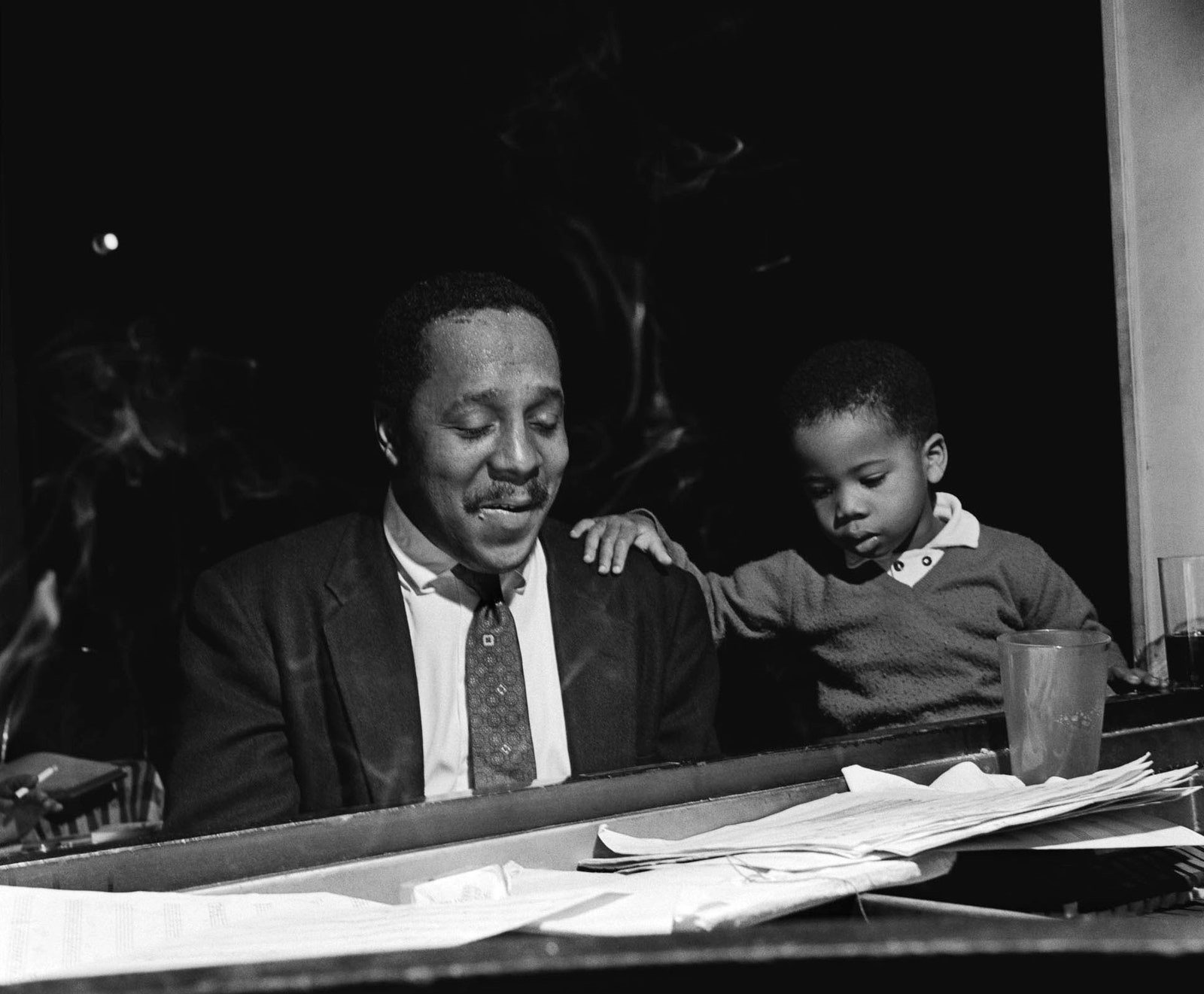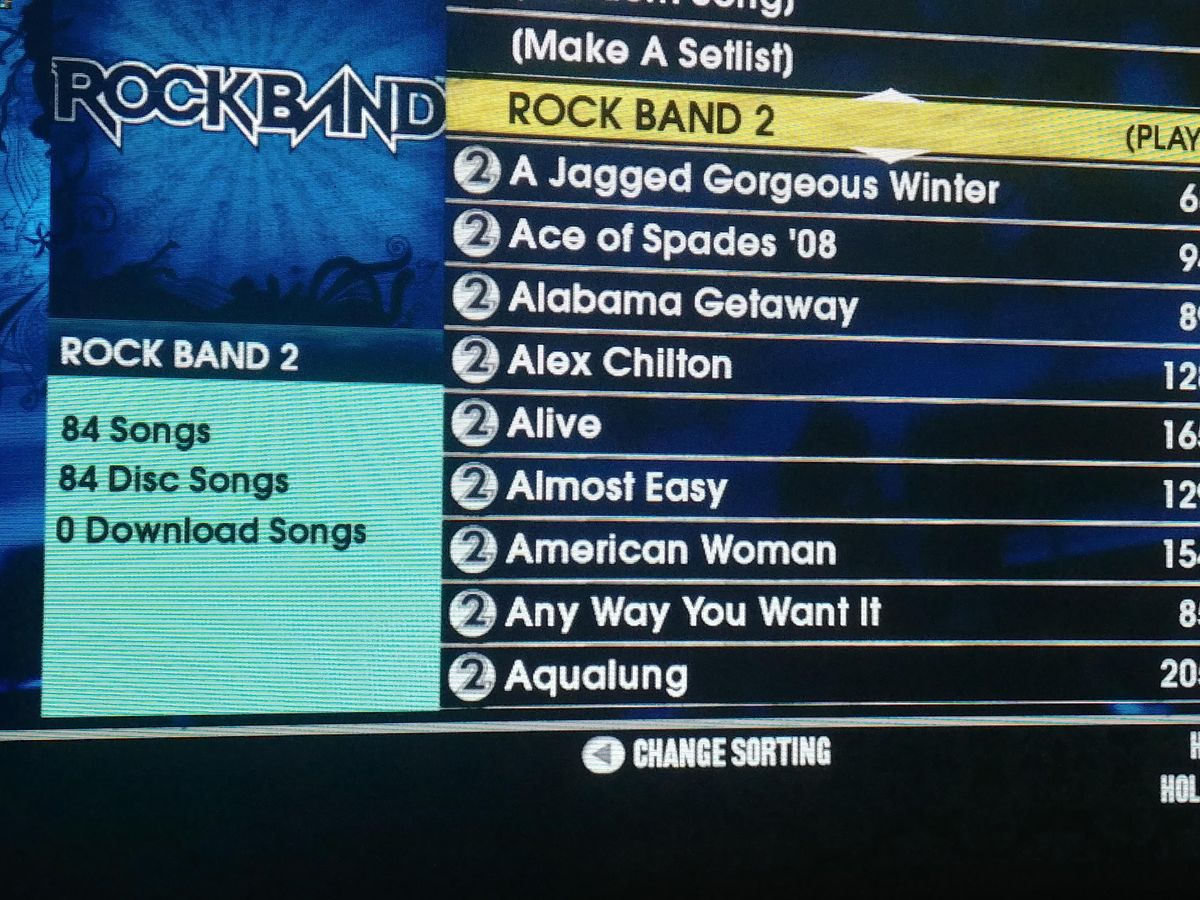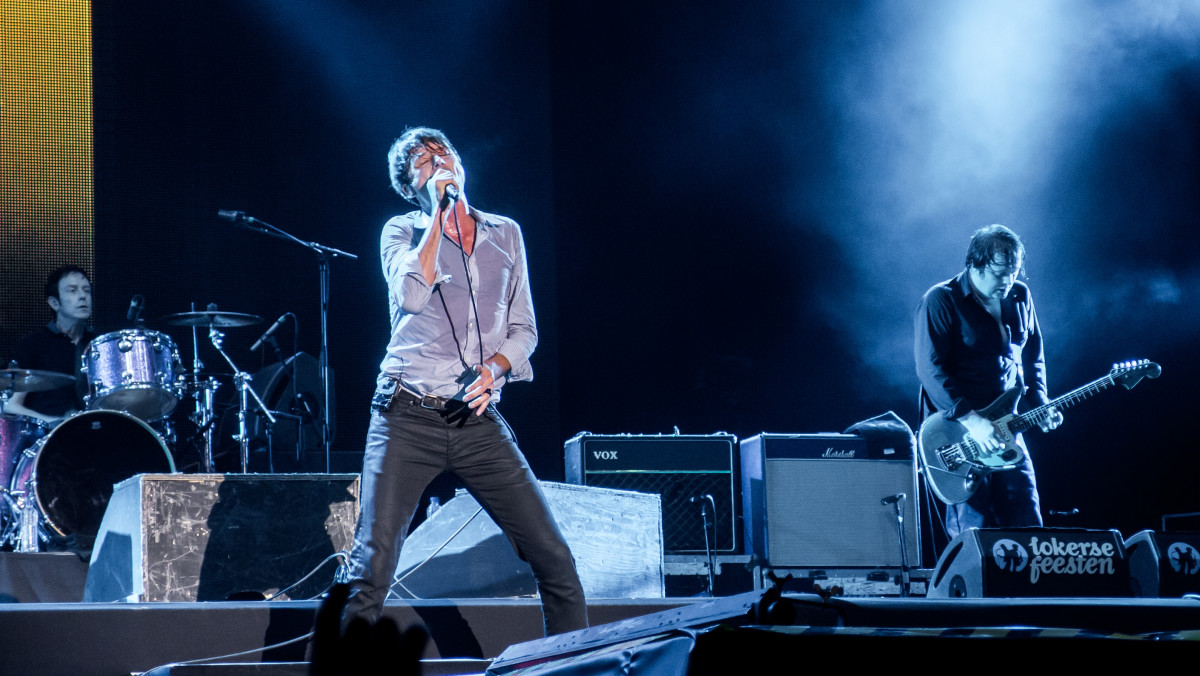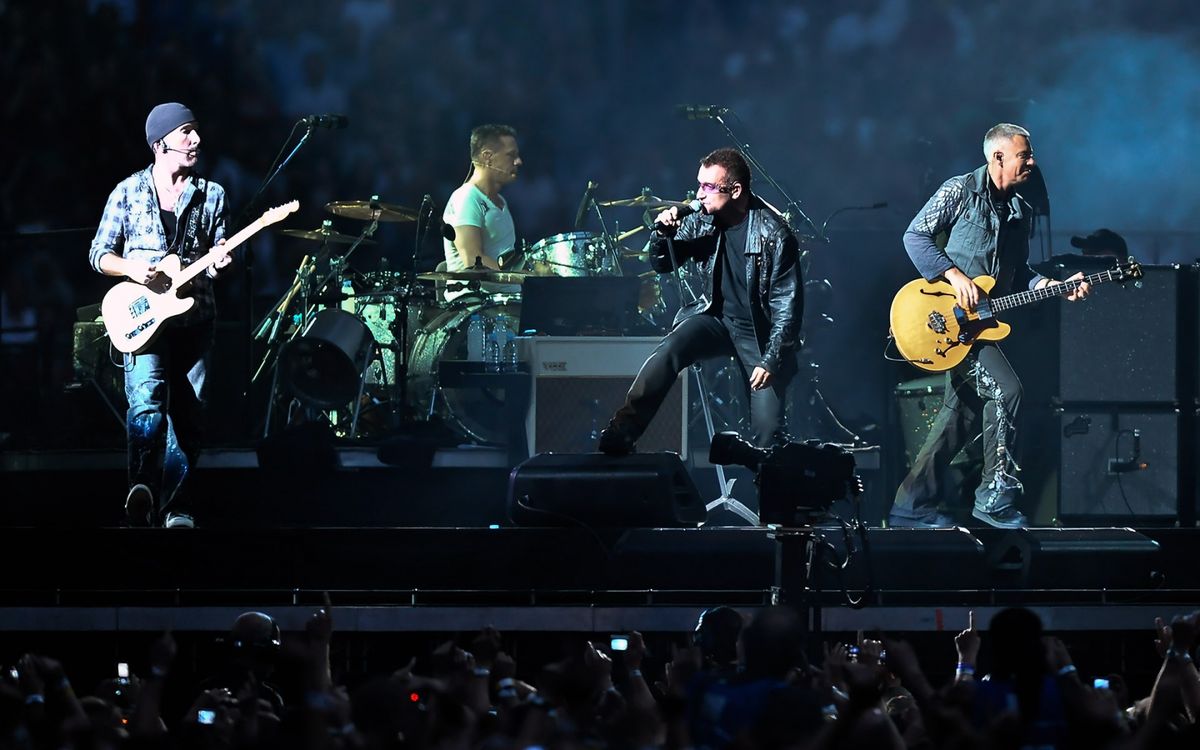Home>Genres>Rock>Which Fashion Trends Were Inspired By Rock Music In The 1970s
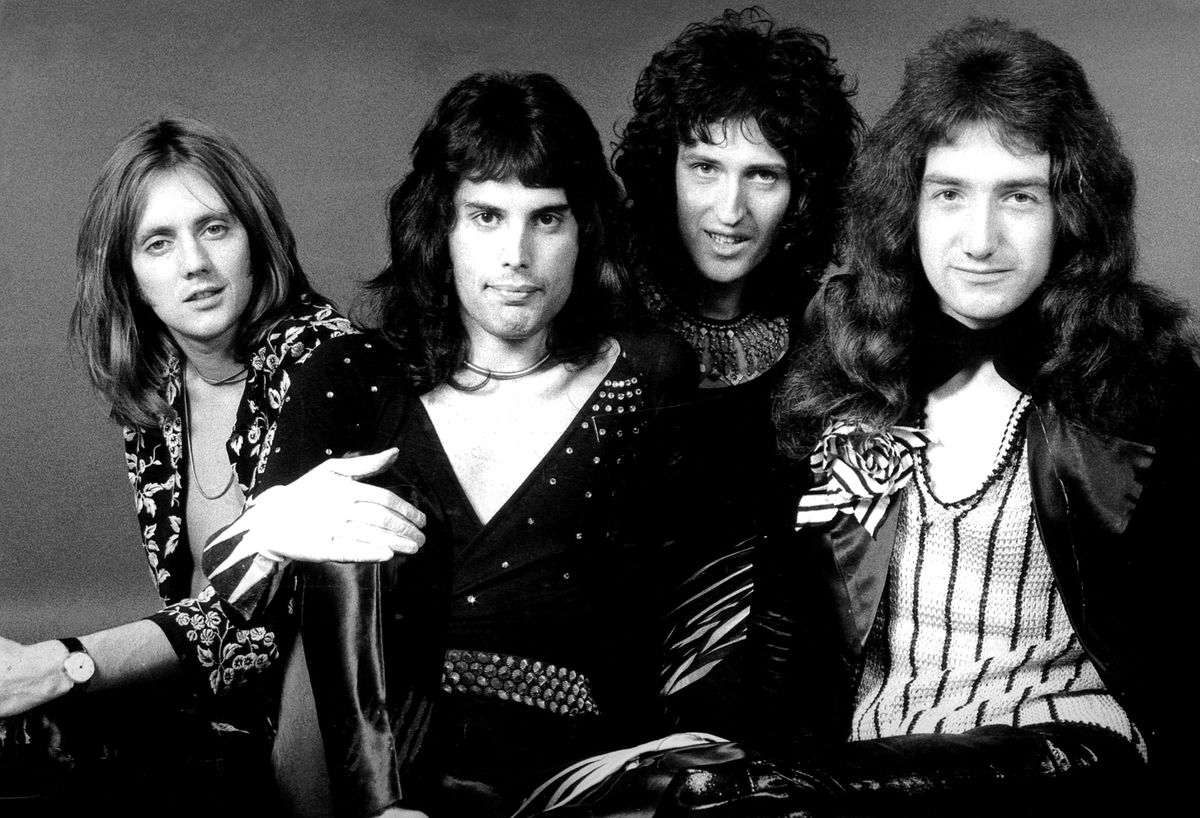

Rock
Which Fashion Trends Were Inspired By Rock Music In The 1970s
Modified: January 22, 2024
Discover the iconic fashion trends of the 1970s, inspired by the rebellious essence of rock music. Unleash your inner rocker with retro style.
(Many of the links in this article redirect to a specific reviewed product. Your purchase of these products through affiliate links helps to generate commission for AudioLover.com, at no extra cost. Learn more)
Table of Contents
Introduction
Rock music has long been a source of inspiration for various art forms, including fashion. In the 1970s, one particular subgenre of rock, Glam Rock, took the music and fashion scenes by storm. With its flamboyant style and androgynous aesthetics, Glam Rock not only revolutionized the music industry but also left a lasting impact on fashion trends that still resonate today.
Glam Rock was characterized by its blend of catchy pop melodies, heavy guitar riffs, and dramatic stage performances. Artists like David Bowie, Marc Bolan of T. Rex, and Queen embraced Glam Rock and used their music as a platform for creative self-expression. But it wasn’t just their music that captivated audiences – it was also their daring and innovative sense of style.
The fashion of the Glam Rock era was a vibrant and extravagant spectacle. It embraced non-conformity, bold patterns, flashy accessories, and a disregard for traditional gender norms. The influence of Glam Rock fashion extended far beyond the stage, inspiring a generation of young people to experiment with their personal style and embrace their own uniqueness.
In this article, we delve into the fashion trends inspired by rock music in the 1970s, particularly those influenced by Glam Rock. From platform shoes and high heels to bell-bottom pants and fringe jackets, we explore the iconic looks that defined the era. We also discuss the influence of band t-shirts, bohemian and hippie fashion, and the bold makeup and hairstyles that completed the Glam Rock aesthetic.
Join us as we take a trip down memory lane to discover how rock music in the 1970s shaped fashion trends and left an indelible mark on the world of style.
Glam Rock and its Fashion Influence
Glam Rock was more than just a genre of music—it was a cultural movement that pushed boundaries and challenged societal norms. The extravagant and flamboyant fashion choices of Glam Rock artists played a pivotal role in shaping the fashion landscape of the 1970s.
One of the most iconic aspects of Glam Rock fashion was the use of bold and eye-catching patterns. From vibrant animal prints to sparkling sequins and metallic fabrics, Glam Rock fashion brought a sense of glamour and excitement to the stage and the streets. Artists like David Bowie and Marc Bolan were known for their outlandish outfits, complete with colorful jumpsuits, glam makeup, and elaborate accessories.
Platform shoes and high heels were another notable feature of Glam Rock fashion. These elevated footwear options added height and drama to the performers’ stage presence. Both men and women embraced this trend, with artists like Elton John frequently being seen in towering platform boots. High-heeled boots and shoes with chunky platforms became a staple for Glam Rock fans, adding a touch of glamour to their everyday attire.
Bell-bottom pants and flares were also popular in the Glam Rock era. These wide-legged trousers created a sense of fluidity and movement, fitting in perfectly with the free-spirited atmosphere of the time. They were often adorned with elaborate patterns and made from luxurious fabrics like velvet or satin, further emphasizing the opulence of Glam Rock fashion.
Fringe and leather jackets were key elements of the Glam Rock look. Fringe added a sense of movement and theatricality to stage costumes, while leather jackets brought an element of rebellion and edginess. These jackets were often embellished with studs, patches, or bold prints, reflecting the artists’ individuality and attitude.
Stay tuned as we dive deeper into the specific fashion elements that defined the Glam Rock era and explore their enduring legacy in the world of fashion.
Platform Shoes and High Heels
When it comes to Glam Rock fashion, one cannot overlook the impact of platform shoes and high heels. These footwear choices were not only a fashion statement but also an integral part of the Glam Rock aesthetic.
Platform shoes gained immense popularity in the 1970s, and the Glam Rock movement played a significant role in their rise to prominence. These shoes featured thick, elevated soles, often made of wood or rubber, that added several inches to the wearer’s height. They became a symbol of power, confidence, and rebellion.
Artists like David Bowie and Elton John were particularly known for their bold and fearless fashion choices, often seen strutting around in platform boots that reached ridiculous heights. These shoes became an essential part of their stage presence, elevating their performances both literally and metaphorically. Platform shoes were not limited to men, as women also embraced this trend, flaunting their confidence and individuality.
High heels were another prevalent footwear choice during the Glam Rock era. Both men and women embraced the idea of defying gender norms and expressing themselves through their style. Men like Marc Bolan and Mick Jagger were often spotted wearing high-heeled boots, while female artists like Suzi Quatro and Debbie Harry embraced stiletto heels to enhance their stage presence.
The combination of platform shoes and high heels brought an element of drama and extravagance to the Glam Rock fashion scene. They added height, defying proportions and accentuating the performers’ grandeur. These shoes allowed artists to command attention and project an aura of power and confidence that resonated with the rebellious spirit of the era.
Even off stage, platform shoes and high heels became a beloved fashion choice for Glam Rock fans. They added an element of glamour to everyday outfits, allowing individuals to channel their inner rock star and express their individuality. Whether it was a pair of platform boots with colorful sequins or a pair of stiletto heels with intricate designs, these shoes became a way for fans to showcase their love for Glam Rock and create their own fashion statements.
The influence of platform shoes and high heels from the Glam Rock era can still be seen today. They continue to be featured in fashion shows, worn by celebrities, and embraced by fans who appreciate their bold and fearless nature. The legacy of Glam Rock fashion lives on through these iconic footwear choices, reminding us of the power of self-expression and the enduring appeal of rock-inspired style.
Bell-bottom Pants and Flares
Another iconic fashion trend that emerged from the Glam Rock era of the 1970s was the popularity of bell-bottom pants and flares. These wide-legged trousers became synonymous with the free-spirited and rebellious attitude of the time.
Bell-bottom pants, also known as flares, were characterized by their fitted waist and flared hem, creating a distinct trumpet-like shape. This style originated in the 1960s counterculture movement but gained widespread popularity during the Glam Rock era. The exaggerated flare at the bottom of these pants added a sense of drama and movement to the wearer’s silhouette.
Glam Rock artists, known for their extravagant and theatrical style, fully embraced the trend of bell-bottom pants and flares. David Bowie, with his eclectic fashion sense, frequently rocked this style, often pairing them with platform shoes or high heels for added impact. Marc Bolan of T. Rex and other artists also sported these wide-legged trousers as a symbol of their rebellious and non-conformist image.
What made bell-bottom pants and flares particularly unique was their versatility. They could be dressed up or down depending on the occasion. For stage performances, artists would don elaborate and flamboyant versions of these pants, often adorned with sequins, embroidery, or bold patterns. Meanwhile, off stage, fans of Glam Rock would wear more subdued versions in everyday life, pairing them with band t-shirts or flowy bohemian blouses.
The popularity of bell-bottom pants extended beyond the Glam Rock movement, permeating mainstream fashion. People from all walks of life embraced this trend, drawn to its relaxed and bohemian vibe. Bell-bottoms became a symbol of freedom and liberation, reflecting the shifting social and cultural landscape of the time.
While the trend of bell-bottom pants eventually faded away, its impact on fashion and popular culture remains undeniable. Today, we still see elements of flares in modern fashion, with wide-legged trousers making periodic comebacks on runways and in street style. The influence of Glam Rock and its iconic bell-bottom pants continue to resonate, reminding us of the power of fashion to express individuality and reflect the spirit of a generation.
Fringe and Leather Jackets
When it comes to encapsulating the rebellious and edgy nature of Glam Rock fashion, few elements do it better than fringe and leather jackets. These iconic pieces became synonymous with the rock ‘n’ roll aesthetic of the 1970s.
Fringe, characterized by long, hanging strips of fabric or leather, added a sense of movement and flair to stage costumes during the Glam Rock era. It became a symbol of free-spiritedness and rebellion, reflecting the artists’ non-conformist attitudes. Fringe jackets were commonly worn by artists like Jimi Hendrix and Stevie Nicks, exuding an air of bohemian rockstar mystique.
Leather jackets, on the other hand, have long been associated with rebellious subcultures, and Glam Rock was no exception. The leather jacket became a staple piece for both men and women in the Glam Rock scene, exuding an aura of toughness and coolness. Artists like Joan Jett and The Ramones were often seen sporting leather jackets, which became a symbol of their punk-inspired aesthetics.
What made the combination of fringe and leather jackets so powerful was the juxtaposition of soft, flowing fringe against the tough and rugged nature of leather. The contrast created a captivating visual impact, capturing the essence of Glam Rock fashion. The jackets were often adorned with studs, patches, or other embellishments, adding a personalized touch to each artist’s style.
These jackets were not limited to stage performances. Fans and aspiring rockstars also embraced the fringe and leather jacket trend, making them a staple of their everyday wardrobes. They became a way to express individuality and channel the rebellious energy of the Glam Rock movement.
Although the peak of fringe and leather jackets might be associated with the Glam Rock era of the 1970s, their influence has transcended time. Today, we still see these elements incorporated into various fashion subcultures, paying homage to the rebellious spirit of the past. The combination of fringe and leather jackets continues to be a statement of rock-inspired style, reminding us of the enduring impact of Glam Rock fashion on the world of clothing and self-expression.
Band T-Shirts and Logo Merchandise
In addition to the extravagant stage outfits and accessories, band t-shirts and logo merchandise played a significant role in defining the fashion landscape of the Glam Rock era. These items allowed fans to proudly display their devotion to their favorite rock bands while also becoming a fashion statement in their own right.
Band t-shirts became a symbol of identification and camaraderie among fans. They showcased a sense of belonging to a particular music subculture and allowed individuals to express their love for their favorite bands. Fans would proudly wear shirts featuring the logos, album covers, or images of iconic Glam Rock artists such as David Bowie, Queen, or T. Rex.
But it wasn’t just the t-shirts themselves that became popular; logo merchandise as a whole became a lucrative market. Fans could find a wide range of merchandise, including hats, keychains, buttons, posters, and even custom-designed attire with their favorite band’s logo or emblem.
The popularity of band t-shirts and logo merchandise extended beyond concerts and music events. The fashion scene embraced this trend, with people wearing band shirts as a form of self-expression and style statement. It became a way for individuals to showcase their eclectic musical taste and align themselves with the rebellious spirit of Glam Rock.
Today, band t-shirts and logo merchandise continue to hold a special place in fashion and popular culture. They have become a staple in the wardrobes of music enthusiasts, irrespective of the musical era they belong to. Countless fashion brands have recognized the enduring appeal of band t-shirts and collaborate with artists to create limited-edition collections, paying homage to the iconic fashion trends of the Glam Rock era.
Whether it’s sporting a vintage band t-shirt or adorning oneself with logo merchandise, the influence of these fashion items from the Glam Rock era serves as a constant reminder of the power of music to inspire personal style and leave a lasting impact on fashion trends.
Bohemian and Hippie Fashion
In the 1970s, the influence of rock music extended beyond Glam Rock to embrace the bohemian and hippie fashion movements. These styles became intertwined with the counterculture movement, emphasizing a free-spirited and non-conformist approach to fashion.
Bohemian fashion drew inspiration from bohemian artists and intellectuals, characterized by loose-fitting, flowing garments, and a mix of vibrant colors and patterns. Long, flowing maxi dresses, bell-sleeved blouses, and embroidered tunics were hallmarks of the bohemian look. Combining aspects of folk, ethnic, and vintage fashion, bohemian style reflected a carefree and natural aesthetic.
Hippie fashion, on the other hand, was heavily influenced by the ideals of peace, love, and harmony. It embraced unconventional, eclectic pieces with tie-dye prints, psychedelic patterns, and fringed vests. Bell-bottom pants, peasant tops, and embroidered denim jackets were commonly worn by hippies, symbolizing a rejection of mainstream society’s norms and embracing a laid-back, communal lifestyle.
Both bohemian and hippie fashion embraced a DIY (do-it-yourself) ethos, with individuals often customizing their clothes through hand embroidery, patches, or even repurposing old garments. This not only expressed their individuality but also reinforced the connection between fashion and self-expression.
The influence of bohemian and hippie fashion on rock music was evident through artists like Janis Joplin and Joni Mitchell, who embraced these styles with their relaxed and eclectic looks. The combination of bohemian and rock elements created a hybrid fashion aesthetic that celebrated individuality and a rejection of established norms.
Today, bohemian and hippie fashion elements remain popular, continuously inspiring designers and fashion enthusiasts. From music festivals to everyday wear, the influence of these styles is seen in the use of natural fabrics, intricate embroidery, and the incorporation of vintage and retro elements.
The bohemian and hippie fashion movements of the 1970s continue to inspire us to embrace our individuality, celebrate diversity, and find beauty in the unconventional. These styles serve as a reminder that fashion can be a form of self-expression and a powerful vehicle for challenging societal norms.
Glam Makeup and Bold Hairstyles
When it comes to the Glam Rock era of the 1970s, fashion wasn’t limited to clothing alone. Glamorous makeup and bold hairstyles played an equally essential role in creating the iconic looks that defined the era.
Glam Rock makeup was all about pushing boundaries and making a statement. Both men and women embraced vibrant and dramatic looks that emphasized their individuality. Heavy eye makeup was a signature element, with artists like David Bowie and Marc Bolan often seen sporting smoky eyes, thick eyeliner, and glittery eyeshadow. Bold, exaggerated lashes and bright, attention-grabbing colors on the lips and cheeks were also popular choices.
Celebrating individuality and embracing non-conformity, Glam Rock hairstyles were just as extravagant as the makeup. Big, teased hair was the norm, with artists using volumizing techniques and copious amounts of hairspray to achieve towering heights. Elaborate styles like mullets, shags, and asymmetrical cuts were also prevalent, adding to the unconventional and avant-garde nature of Glam Rock fashion.
Artists like David Bowie, with his iconic lightning bolt makeup and flamboyant hairstyles, became iconic figures representing the boundary-pushing and gender-bending culture of the time. Their looks inspired fans to experiment and express themselves through makeup and hair, blurring the lines between traditional gender roles and societal expectations.
Today, the influence of Glam Rock makeup and hairstyles can still be seen in popular culture and fashion trends. The use of bold and vibrant makeup, the embrace of unconventional hairstyles, and the celebration of individuality continue to inspire artists, designers, and fashion enthusiasts alike.
Glam Rock makeup and hairstyles serve as a reminder that self-expression knows no boundaries. They encourage us to embrace our uniqueness, celebrate our creativity, and break free from societal norms. In the world of fashion and beauty, Glam Rock remains an essential part of the rock music legacy, reminding us of the power of visual aesthetics to captivate and inspire.
Conclusion
The influence of rock music in the 1970s, particularly Glam Rock, on fashion trends cannot be overstated. It revolutionized not only the music industry but also left an indelible mark on the world of style. From extravagant stage outfits to daring hairstyles and makeup, the fashion of the era reflected the rebellious and non-conformist spirit of the time.
Glam Rock artists like David Bowie, Marc Bolan, and Queen not only captured the hearts of fans with their music but also served as style icons who pushed boundaries and challenged societal norms. The fashion trends inspired by Glam Rock continue to resonate today, reflecting the ongoing desire for self-expression and individuality.
The era saw the rise of platform shoes and high heels as a symbol of power and confidence. Bell-bottom pants and flares brought fluidity and movement to outfits, while fringe and leather jackets added an element of rebellion and edginess. Band t-shirts and logo merchandise became a way for fans to proudly display their passion for their favorite rock bands.
The influence of Glam Rock fashion extended beyond the stage, with bohemian and hippie styles embracing a free-spirited and unconventional approach to clothing. Glamorous makeup featuring heavy eyeliner, bright colors, and glitter complemented bold hairstyles, creating iconic looks that celebrated individuality.
While the specific fashion trends may have evolved over time, the legacy of rock music in the 1970s continues to inspire and shape the fashion industry. Elements of Glam Rock fashion persist in modern styles, appearing on runways, in street fashion, and in the wardrobes of music enthusiasts around the world.
The impact of rock music on fashion demonstrates the enduring power of self-expression and creativity. It serves as a reminder that fashion is not merely about clothing; it is a vehicle for personal storytelling, a way to challenge norms, and a means of celebrating individuality.
So, whether you’re reaching for a pair of platform shoes, donning a band t-shirt, or experimenting with dramatic makeup and hairstyles, remember the iconic fashion trends inspired by rock music in the 1970s. Let the spirit of rock and its rebellious nature guide your style choices and empower you to express your true self.


